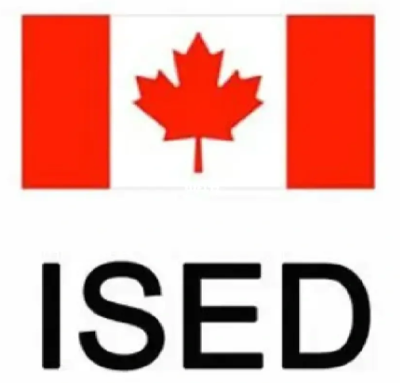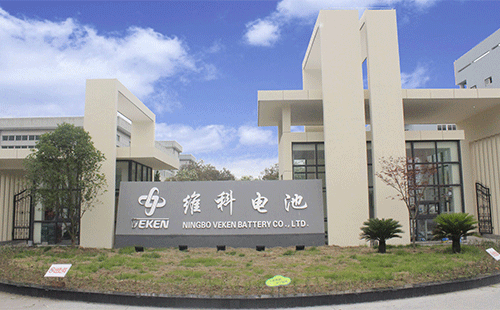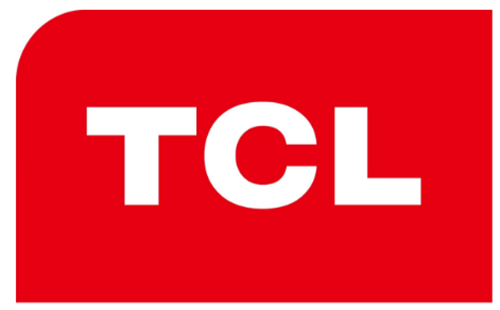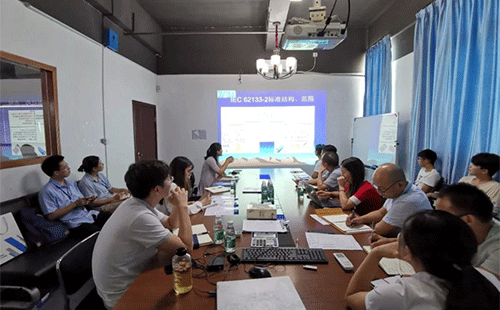On May 23, 2023, the State Administration of Markets (Standards Committee) issued the mandatory national standard "Safety Requirements for Civil Unmanned Aerial Vehicle Systems" (GB 42590-2023), which was officially implemented on June 1, 2024.
This standard is the first compulsory national standard in the field of civil unmanned aerial vehicles in China, which is applicable to micro, light and small civil unmanned aerial vehicles except airplane models. It puts forward 17 aspects, including electronic fence, remote identification, emergency treatment, structural strength, airframe structure, falling of the whole machine, power and energy system, controllability, error prevention, perception and avoidance, data link protection, electromagnetic compatibility, wind resistance, noise, lighting, identification and instruction manual.
The standard interpretation is as follows:
01 electronic fence
Light and small unmanned aerial vehicles should provide notice, warning or automatically execute flight plans to unmanned aerial vehicle operators when they detect that they may or are in conflict with a specific geographical range.
02 Remote identification
When light and small unmanned aerial vehicles carry out flight activities, they should actively submit identification information to the comprehensive supervision service platform through the network. Unmanned aerial vehicles should automatically broadcast identification information through wireless local area network (Wi-Fi) or Bluetooth during flight.
03 emergency treatment
Light and small unmanned aerial vehicles should have one or more disposal capabilities such as hovering/hovering in the air, returning, landing, opening an umbrella, etc. In case of navigation failure, they should provide notice or warning to unmanned aerial vehicle operators.
04 structural strength
It has sufficient strength and rigidity under various specified loads, and the unmanned aerial vehicle structure does not produce harmful deformation; The main load-bearing structure of unmanned aerial vehicle will not be damaged when it bears the load of 1.33 times of the maximum takeoff weight.
05 airframe structure
Unmanned aerial vehicle (UAV) airframe and component structure should not have sharp edges that will cause harm to users' normal use or maintenance.
06 the whole machine falls
For micro and light unmanned aerial vehicles powered by lithium-ion batteries, the batteries are adjusted to 30% and 2% of the full charge, and the unmanned aerial vehicles freely fall vertically from a height of 10 m without explosion or fire.
07 power energy system
Lithium-ion battery, hydrogen fuel cell and fuel power system shall meet the corresponding safety requirements.
08 controllability
The flight control system of light and small unmanned aerial vehicles should have the ability to limit and protect key flight parameters. The restrictions of key flight parameters include the maximum flight altitude and the maximum level flight speed.
09 error prevention
The mechanical interfaces of batteries, motors, blades and other parts of unmanned aerial vehicle should have error-proof function.
10 Perception and avoidance
Light and small unmanned aerial vehicles whose bodies are not equipped with blade protection devices should have the functions of perception and avoidance, including obstacle perception, warning and taking measures such as automatic hovering, avoidance or landing.
11 data link protection
Light and small unmanned aerial vehicles should be protected by information security technology to prevent unauthorized access to links.
12 electromagnetic compatibility
Light and small unmanned aerial vehicles should be able to ensure the safe operation of the system in the electromagnetic environment where they are used and operated, and will not interfere with public electromagnetic signals.
13 wind resistance
Light and small rotor unmanned aerial vehicles should have the ability to ensure flight safety under the conditions of continuous wind and gust.
14 Noise
Mark the noise measurement results of rotary-wing unmanned aerial vehicles at hovering and typical flight speeds on the nameplate or instruction manual.
15 lighting
Except for light and small unmanned aerial vehicles used for group performances and clearly marked for daytime flight only, heading lights should be installed.
16 logo!
Unmanned aerial vehicles should have unique product identification codes, risk warning signs and classification signs.
17 instruction manual
Electronic or paper instructions should be provided.
Warm tips
ZRLK has been focusing on the testing and certification of battery and consumer products for 20 years, always paying attention to the changes of national laws and regulations, and providing customers with one-stop testing and certification services to ensure that your products enter the target market quickly. Our company has a professional technical team and rich experience in product testing, and can provide you with a test report that meets the requirements. If you need it, please feel free to contact us, and our engineers will serve you at the first time!











